How AI can help – and hinder – the supply chain crisis
AI can shed light on your supply snarl-ups, but bad data might make a chaotic situation worse
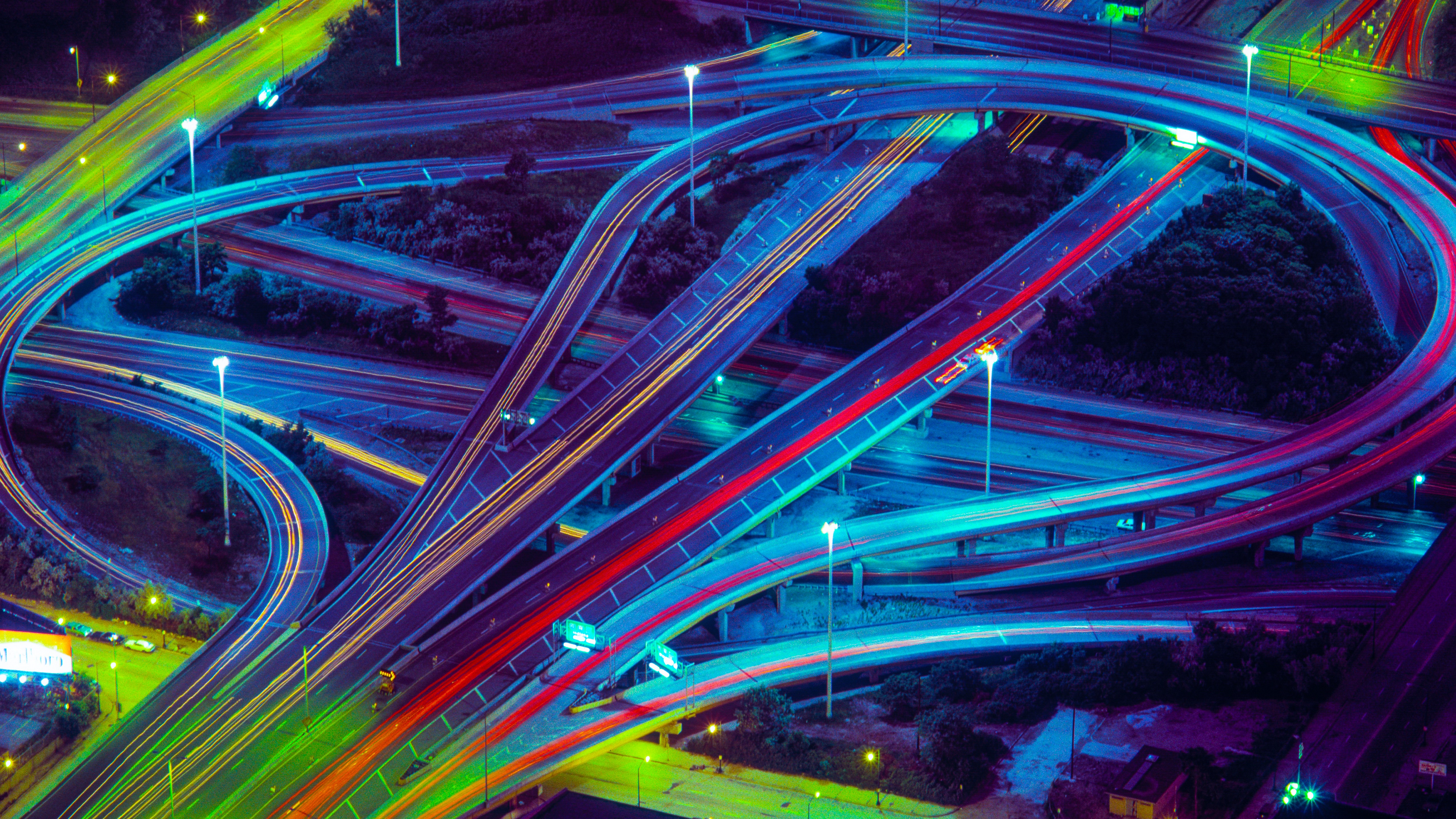

The industry may be emerging from the COVID-19 pandemic, with e-commerce still thriving on it, but the supply chain crisis isn’t going away. Infrastructure designed in a predictable pre-pandemic world isn’t enough to clear the backlogs, and may even be making a bad situation worse. Could artificial intelligence (AI) be the technology that gets things moving again?
Organisations certainly believe so, according to a new 3Gem report for Blue Yonder, which finds that more than half (53%) of UK supply chain decision-makers believe AI advances are key to managing disruption. In September 2021, meanwhile, the government launched the National AI Strategy, citing AI's potential to "solve global challenges".
This confidence in AI owes much to its promise of visibility. AI offers a clear overview of the entire supply chain, and claims to predict demand, supply and movements better and faster than any human data analyst. This enables businesses to make good decisions and bolster resilience, however chaotic global events may get.
The current crisis may have been fuelled by a perfect storm of factors including Brexit and a global worker shortage, but the fundamental problem was an inability to predict the unpredictable. "For years, executives depended on historical data to predict demand, using known rates of supply and consumption," Ian Macdonald, director of product management at Pyramid Analytics, tells IT Pro. "The pandemic rendered these analytics obsolete."
How AI sheds light on chaos
The Russian invasion of Ukraine is a devastating example of an event whose impact on the global supply chain has been mitigated by AI. The war compounded an already dire shortage of semiconductor chips because 50% of the world's supply of neon – a key component of chips – comes from Ukraine.
According to Nitin Dsouza, head of global supply chain at consultancy Publicis Sapient, AI and machine learning (ML) have played a decisive role in maintaining supply and helping businesses plan for chip shortages, which had been expected to ease out as pandemic restrictions were lifted.
"AI has built various scenario models and calculated the right price to buy at, when a premium is appropriate, how high it would be, and so on," Dsouza tells IT Pro. "It has also used shipping and transport data to predict delays in delivery." A good AI system that uses ML to improve its recommendations constantly could even offer alternatives to chips, then predict their business impact, says Dsouza.
ChannelPro Newsletter
Stay up to date with the latest Channel industry news and analysis with our twice-weekly newsletter
The Suez Canal jam and COVID-19 border closures were similarly anticipated by AI, allowing businesses to bounce back, says Philip Ashton, CEO of logistics firm 7bridges. "AI can discover fragility in your supply chain by continually and autonomously simulating outages like these," says Ashton. "It can also take performance changes such as capacity reductions or route cost increases, then test sensitivity to them in parts of the supply chain." By accurately predicting outcomes and recommending the best response, it can then avoid snarl-ups that might once have sunk businesses.
AI can be a tech team-player
AI's most common route into an organisation's logistics infrastructure is via deployment in an existing platform, such as an enterprise resource planning (ERP) system. AI elements such as ML and natural language processing (NLP) can be added when needed, and the software can be configured to pull in data from external locations.
Where AI really comes into its own, though, in environments such as production lines and warehouses is through convergence with other technologies such as robotic process automation (RPA) and the Internet of Things (IoT). An AI-based RPS system, for example, can spot and predict problems in machinery, unshackling employees who'd previously spent all day checking for vibration quirks that might signal trouble.
"AI can take into account critical mechanical data, such as temperature, pressure and vibration to monitor thousands of assets in real-time," says Saar Yoskovitz, CEO at production line diagnostics firm Augury. He gives the use case of global hygiene brand Essity, one of the world's biggest makers of tissue paper (a memorable supply chain victim), which has switched to AI for machine health and process control. It uses fuzzy logic and predictive models to choose the best machine settings for different production processes, for example. It may not stop panic-buying, but it can certainly help to keep loo rolls rolling.
Why AI isn’t a magic bullet
RELATED RESOURCE
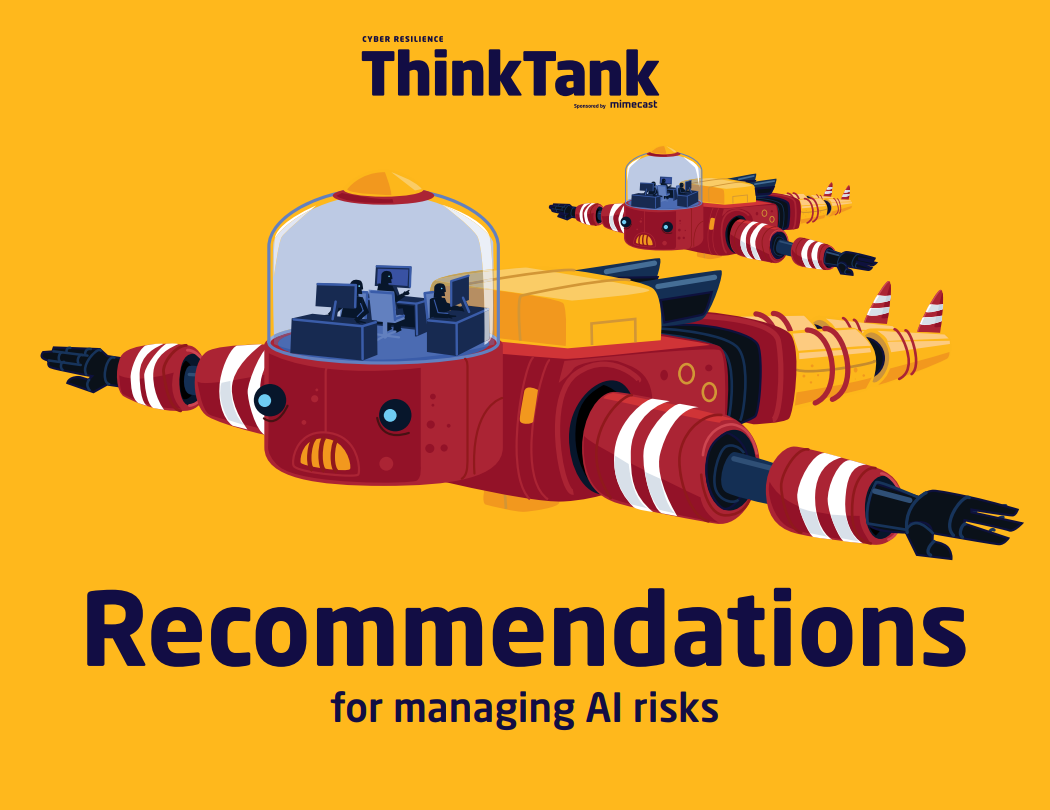
Recommendations for managing AI risks
Integrate your external AI tool findings into your broader security programs
For an AI system to predict with accuracy, it must be built on large, high-quality datasets, before mining them constantly for insights and patterns. The perfect AI logistics system would be built on all the supply chain data in the world, but we’re a long way from that.
"Organisations jealously guard their information," says Freeform Dynamics analyst Bryan Betts. "They fear it being used against them. The big organisations – the Walmarts and Boeings – demand data visibility from their suppliers, but if you're a small company, how are you going to get your suppliers or customers to give you the information you need to inform your smart technology? Organisations need to find a way to share enough data to be useful, without oversharing."
The race to fill data pools is actually creating another supply chain backlog, says David Shrier, professor of practice (AI and innovation) at Imperial College Business School. "Some of the largest companies in supply chain finance are still trying to digitise hundreds of millions of documents so they can then be loaded into machine systems," says Shrier. "The translation of analogue to digital is actually one of the biggest rate-limiting factors on the use of AI in the supply chain."
With AI systems not yet able to draw on unlimited, flawless data, the risk is they'll make inaccurate suggestions and predictions that do more harm than good to supply chain efficiency. An obvious example would be a badly-programmed autonomous vehicle that collects the wrong load or, worse, causes accidents.
Synthetic data is cited by some as a solution, with Gartner predicting huge growth by 2025. But synthetic data is itself generated by AI and ML, so if the data it's based on is limited, it may entrench biases and inaccuracies, with dangerous results.
Even the most unbiased, data-rich AI systems can't solve the supply chain problem alone, says Eleanor Watson, IEEE senior member and AI ethics engineer at Singularity University. "There's only so much it can do to alleviate a physical logjam. AI may provide a softer landing, but it can't prevent a fall. The real world is very complicated, and human supervision is often required as problems arise."
Watson predicts that human tutors for AI systems will be "a huge growth sector", helping it master new challenges. Provided businesses acknowledge AI's limitations, as well as its potential, they can work with it to transform economic efficiency.
Jane Hoskyn has been a journalist for over 25 years, with bylines in Men's Health, the Mail on Sunday, BBC Radio and more. In between freelancing, her roles have included features editor for Computeractive and technology editor for Broadcast, and she was named IPC Media Commissioning Editor of the Year for her work at Web User. Today, she specialises in writing features about user experience (UX), security and accessibility in B2B and consumer tech. You can follow Jane's personal Twitter account at @janeskyn.
-
 Bigger salaries, more burnout: Is the CISO role in crisis?
Bigger salaries, more burnout: Is the CISO role in crisis?In-depth CISOs are more stressed than ever before – but why is this and what can be done?
By Kate O'Flaherty Published
-
 Cheap cyber crime kits can be bought on the dark web for less than $25
Cheap cyber crime kits can be bought on the dark web for less than $25News Research from NordVPN shows phishing kits are now widely available on the dark web and via messaging apps like Telegram, and are often selling for less than $25.
By Emma Woollacott Published
-
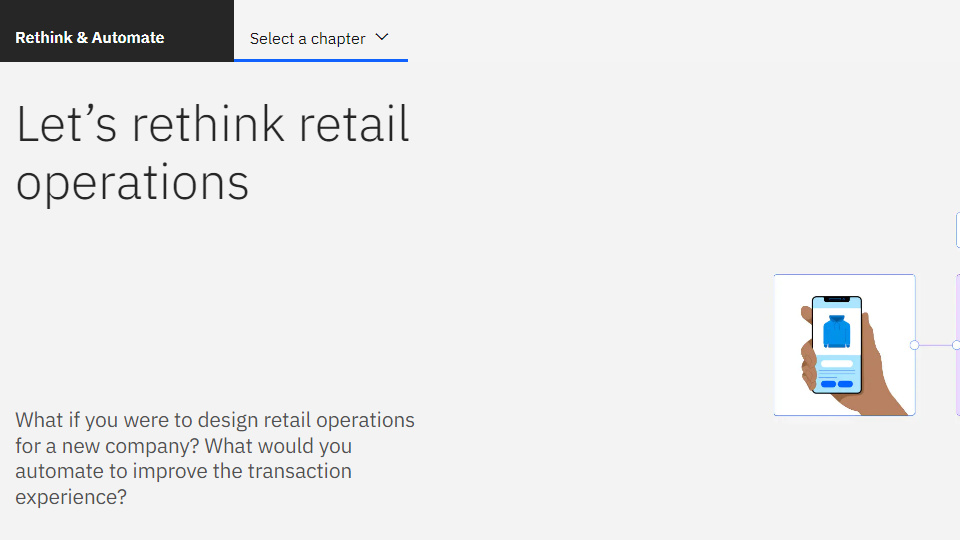 Let’s rethink retail operations
Let’s rethink retail operationsWhitepaper What would you automate to improve the transaction experience?
By ITPro Published
-
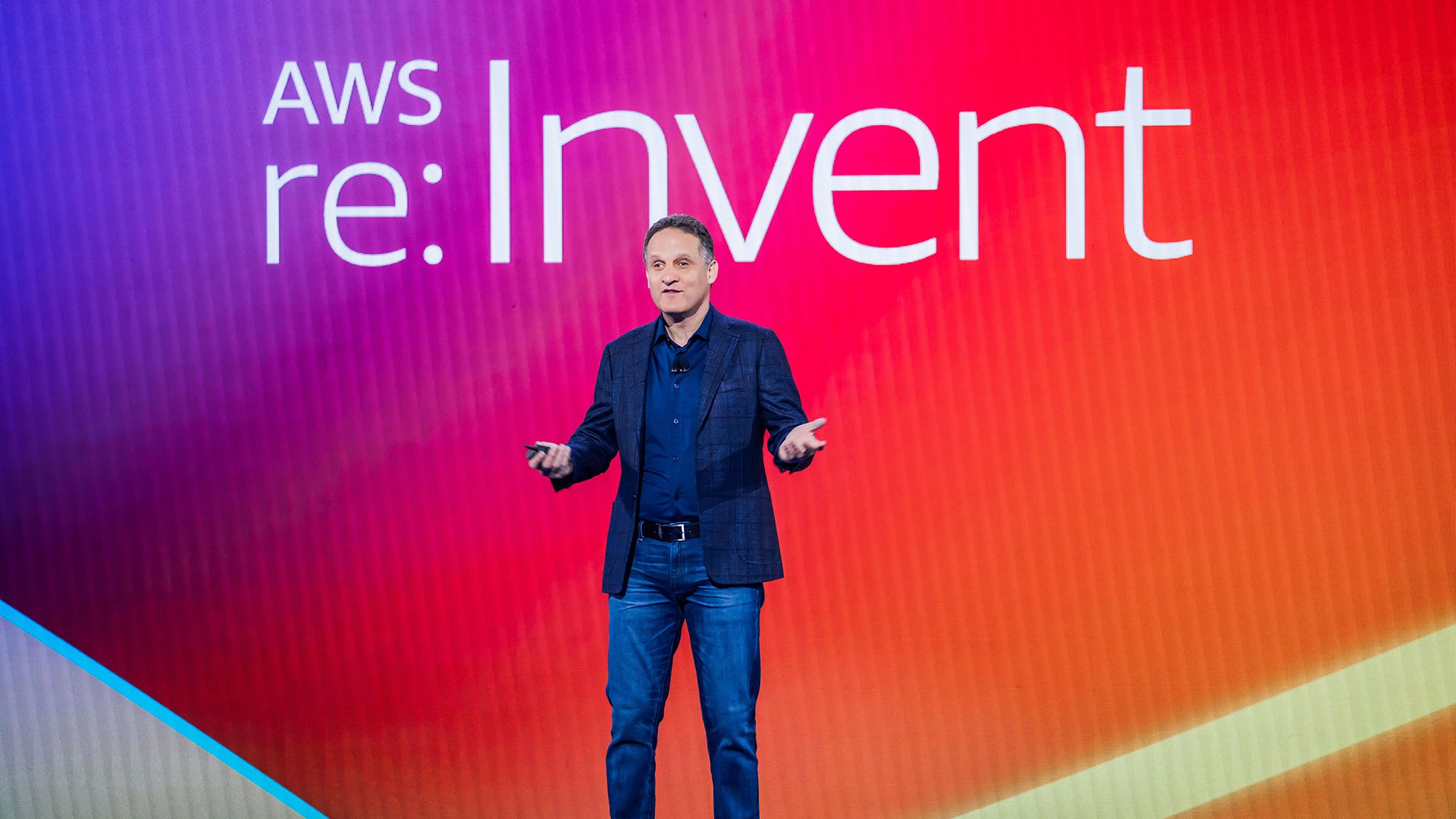 AWS Supply Chain: Cloud giant's new app locates bottlenecks and suggests fixes
AWS Supply Chain: Cloud giant's new app locates bottlenecks and suggests fixesNews The cloud giant's new cloud-based application aims to offer firms unified supply chain oversight, with pre-trained aggregation models
By Rory Bathgate Published
-
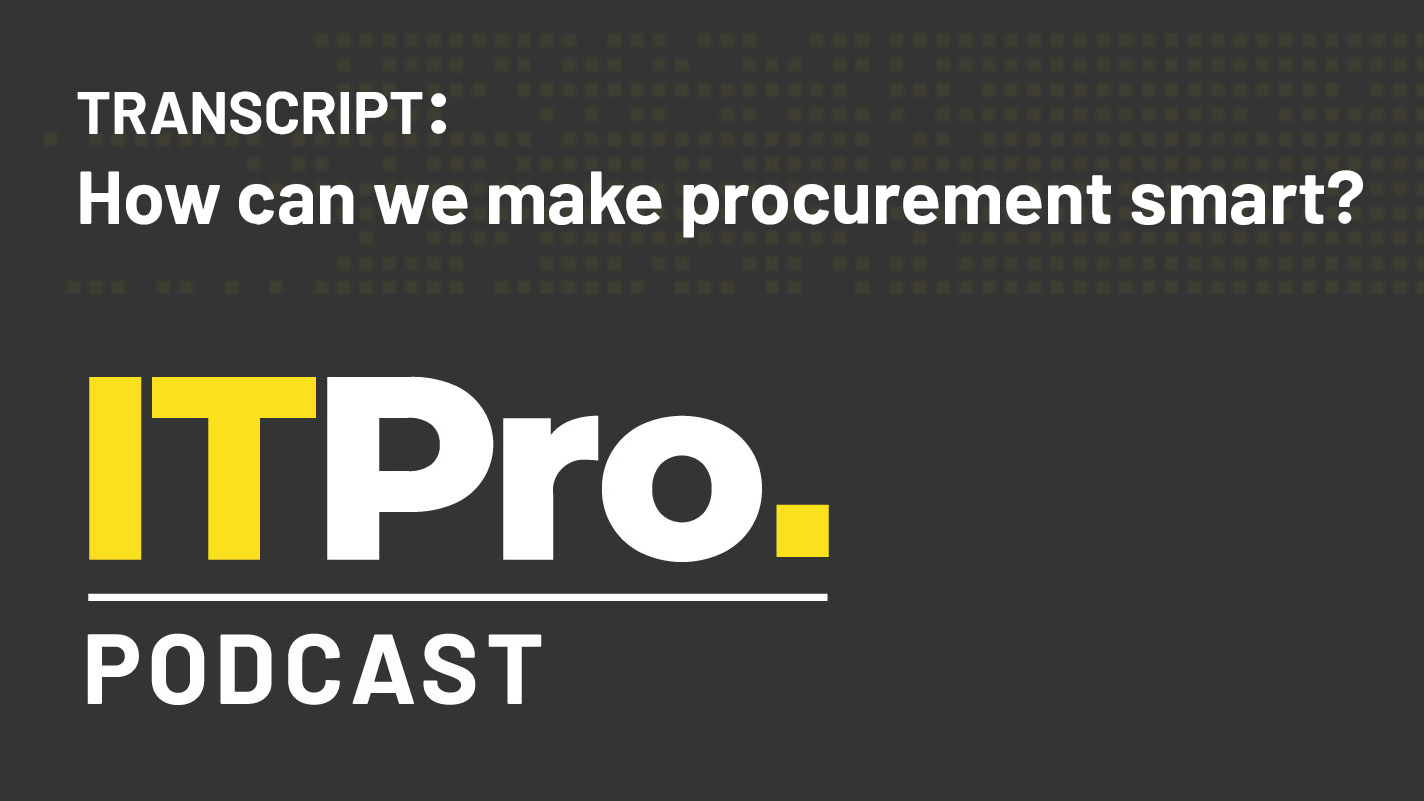 Podcast transcript: How can we make procurement smart?
Podcast transcript: How can we make procurement smart?IT Pro Podcast Read the full transcript for this episode of the IT Pro Podcast
By IT Pro Published
-
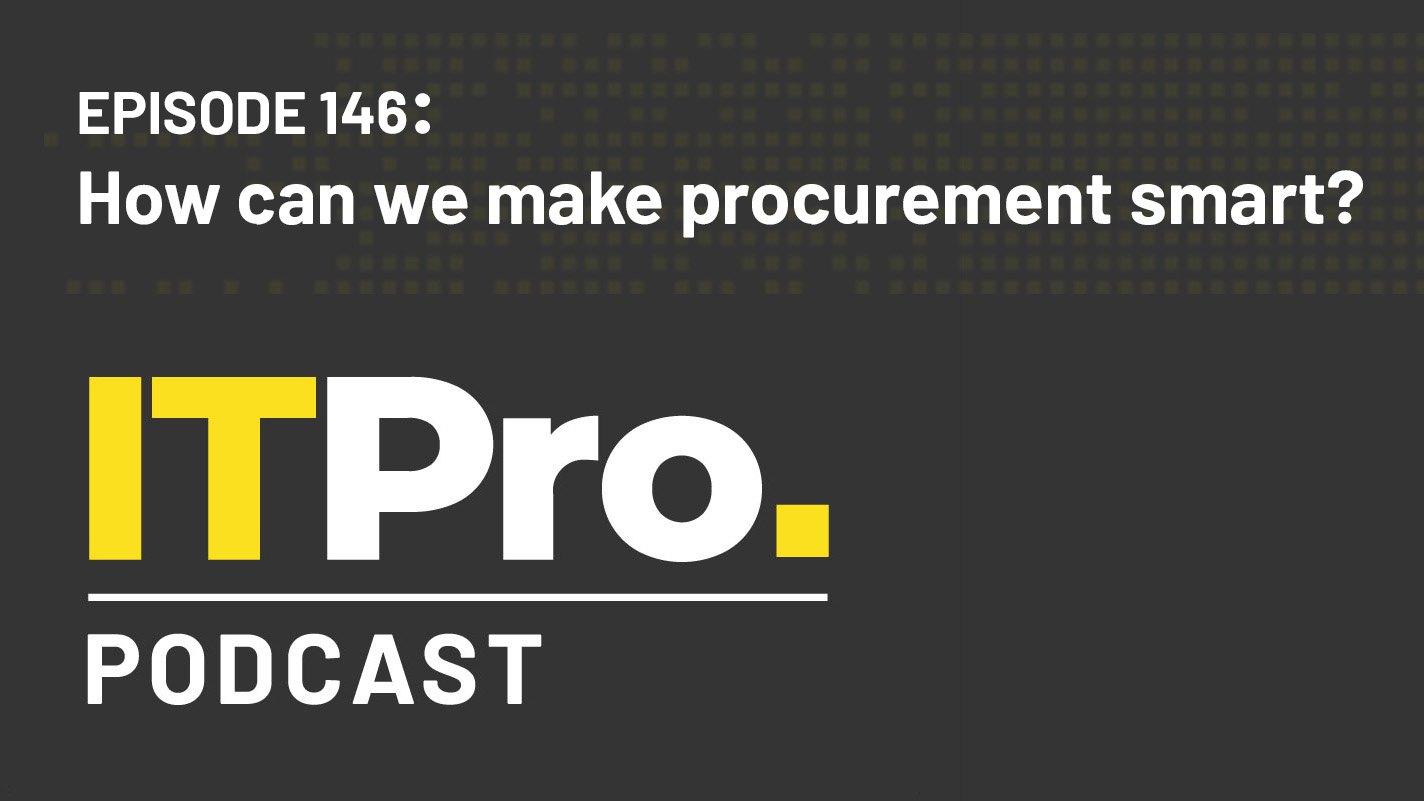 The IT Pro Podcast: How can we make procurement smart?
The IT Pro Podcast: How can we make procurement smart?IT Pro Podcast Context is king when it comes to choosing a reliable supplier
By IT Pro Published
-
 FedEx to invest in more robotic automation from Berkshire Grey
FedEx to invest in more robotic automation from Berkshire GreyNews The deepening partnership is expected to yield better efficiency and safety in packing centres
By Rory Bathgate Published
-
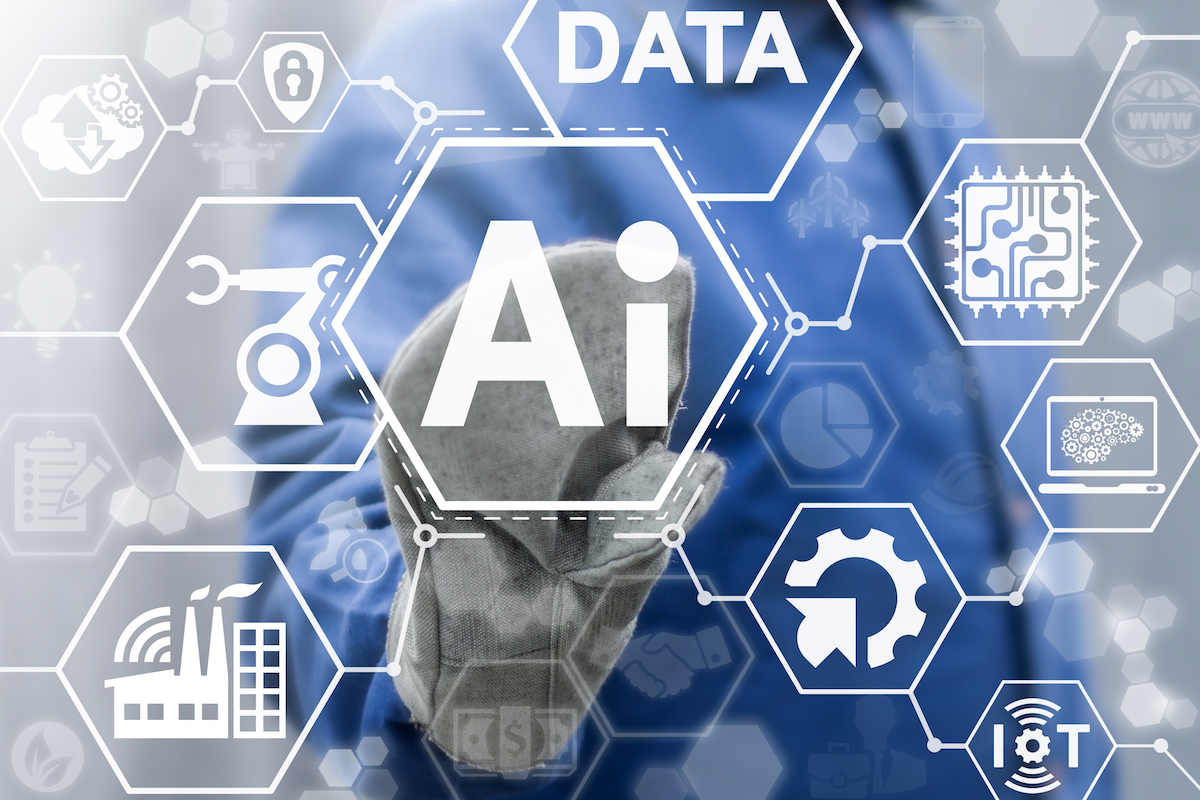 C3 AI unveils enterprise AI for supply chains
C3 AI unveils enterprise AI for supply chainsNews The application suite is backed by Google Cloud and helps address disrupted global supply chains
By Praharsha Anand Published
-
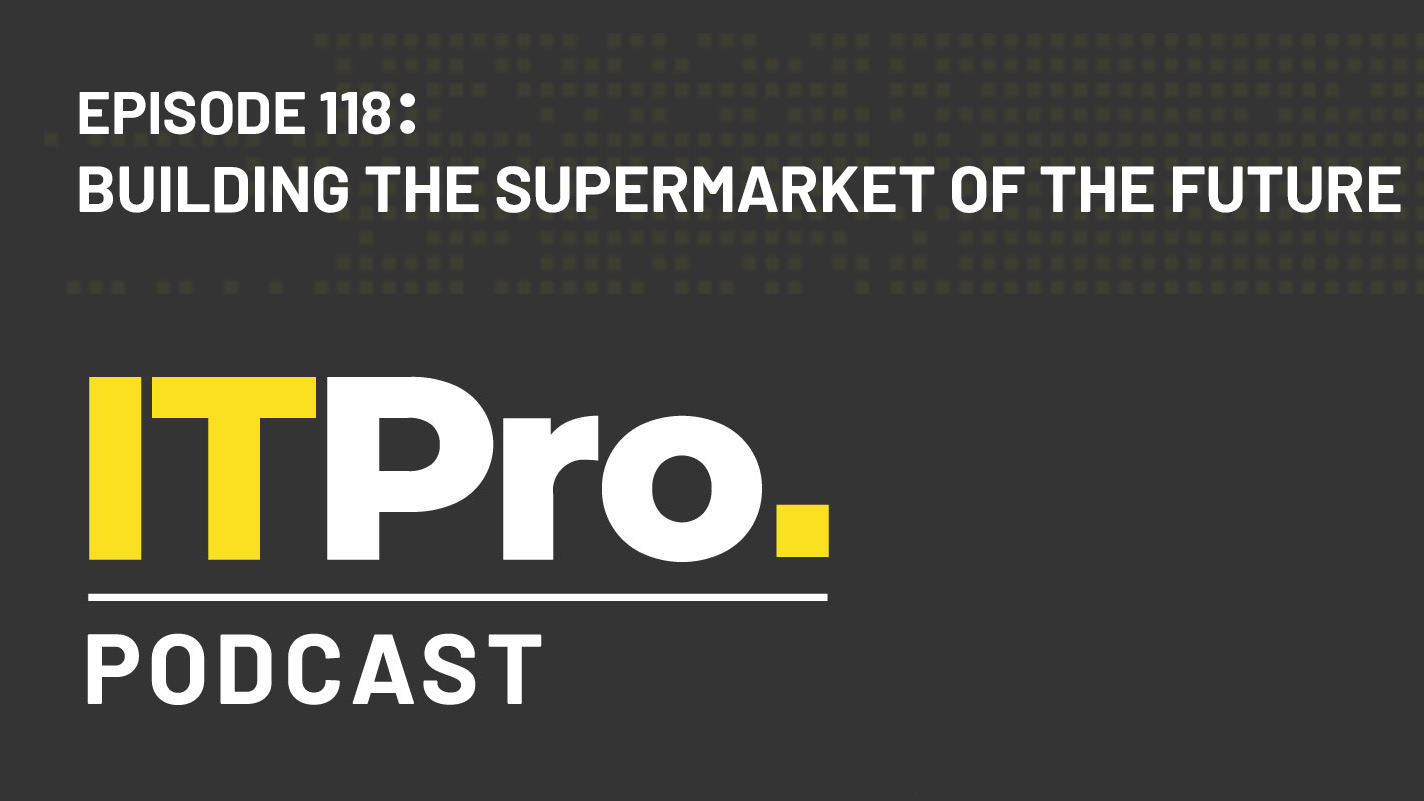 The IT Pro Podcast: Building the supermarket of the future
The IT Pro Podcast: Building the supermarket of the futureIT Pro Podcast How robotics and AI help get your groceries to your door
By IT Pro Published
-
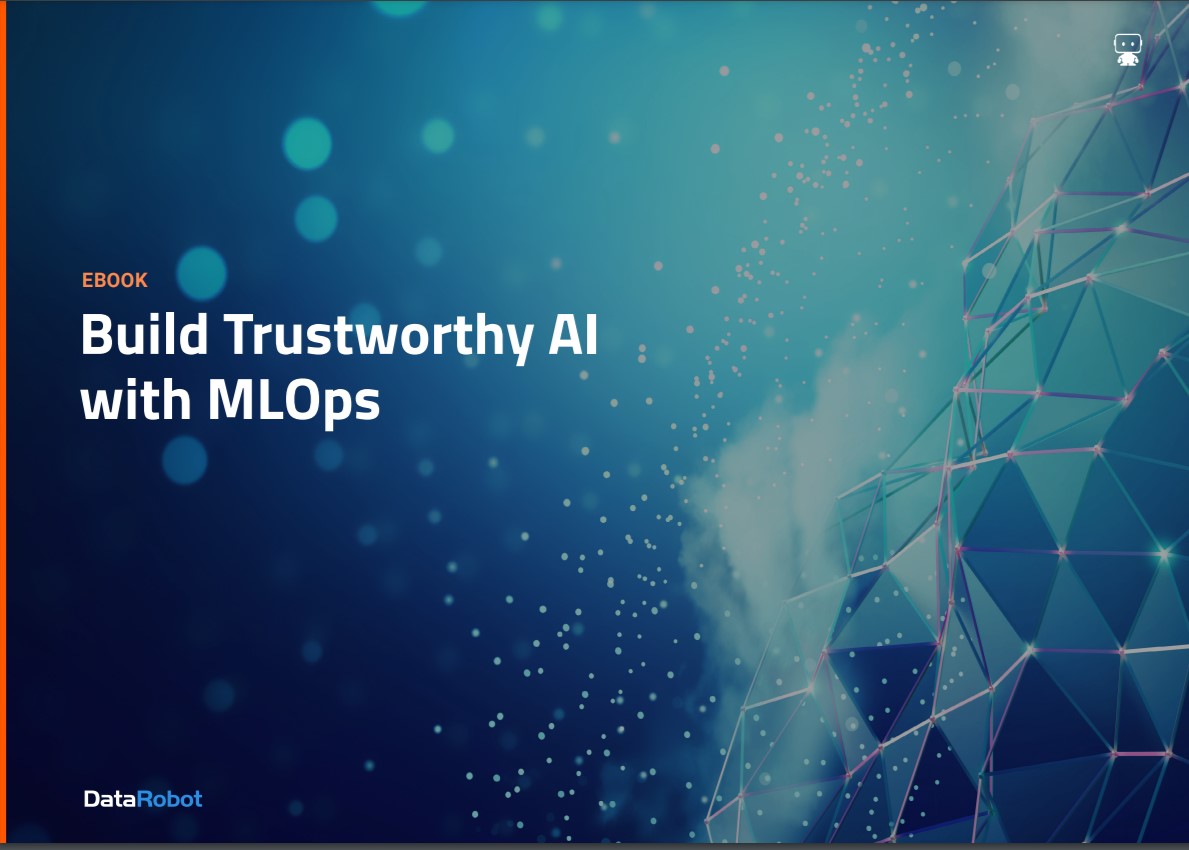 Build trustworthy AI with MLOps
Build trustworthy AI with MLOpsWhitepaper AI performance, operations, and ethics
By ITPro Published